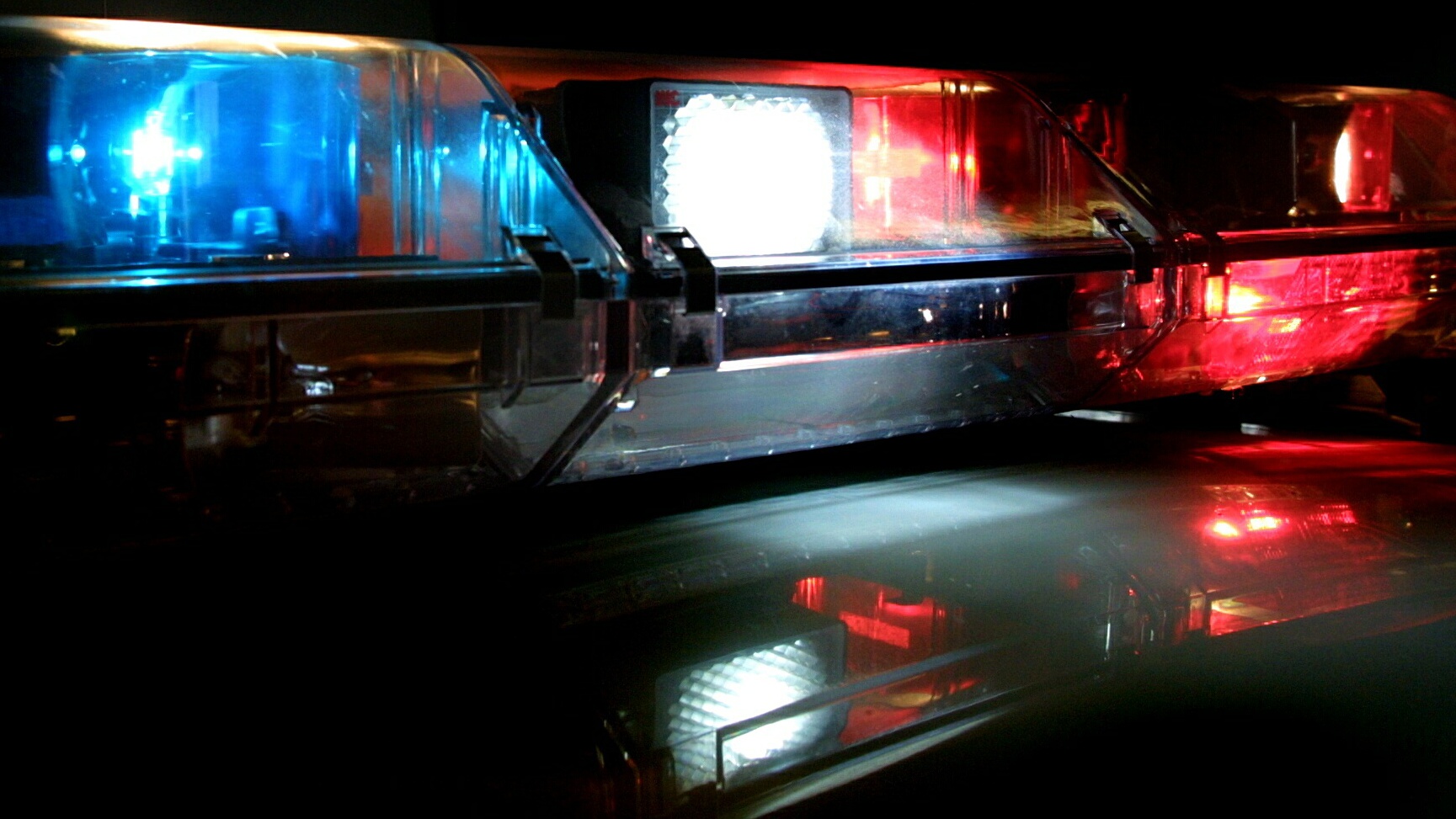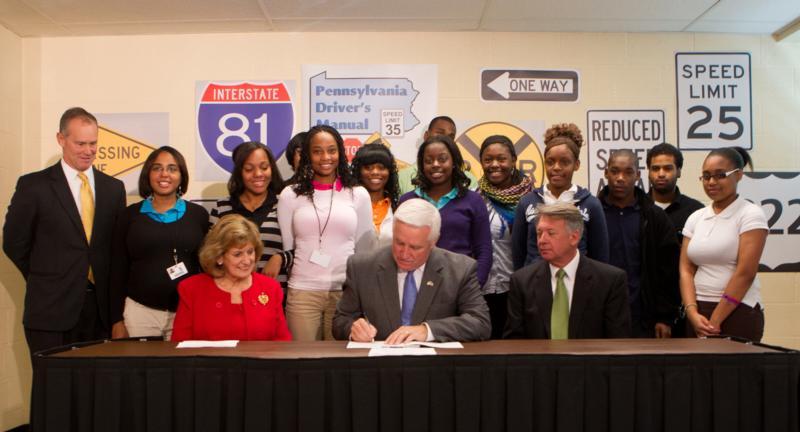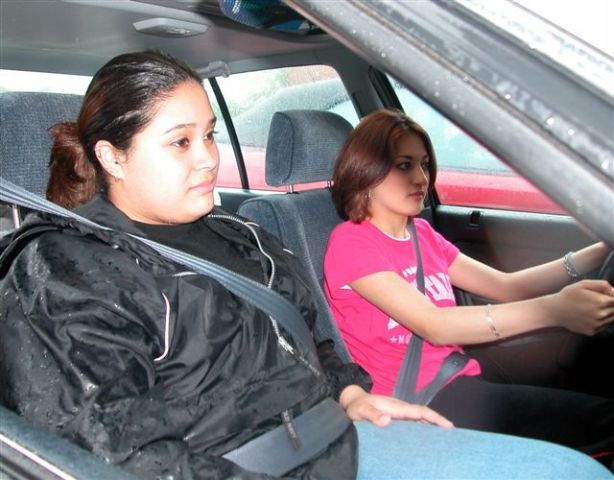Prom, Graduation Season a Dangerous Time of Year for Teen Drivers
It’s prom and graduation season, marking the beginning of a dangerous time of year for teen drivers. A new study raises more concerns in regard to underage drinking and substance abuse.
One in four teens admits to driving under the influence of alcohol, marijuana or other drugs and many believe it does not impact their safety according to Liberty Mutual and Students Against Destruction Decisions (SADD). While prom and graduation are listed as times this is more likely to happen, Fourth of July and summer driving in general are ranked as higher risk times by those teens surveyed.
Stephen Wallace is a senior advisor for SADD and an associate research professor at Susquehanna University, where he is the director of the Center for Adolescent Research and Education. He says the new study shows some disturbing trends.
Wallace says with more than 13 million licensed teen drivers in the United States and almost one-quarter admitting to driving under the influence, it means as many as three million impaired teenagers may be taking to the road.
Wallace says there’s a need to refocus attention on the issue of impaired driving among teens. He says while more effort has been focused on prom and graduation, we can’t ignore the risks that exist once school lets out for summer and teens may have less supervision.
SADD is urging parents to have conversations with their teens about the dangers not only of drinking and driving, but underage drinking. Wallace says you can find resources at Libertymutual.com/teendriving.





